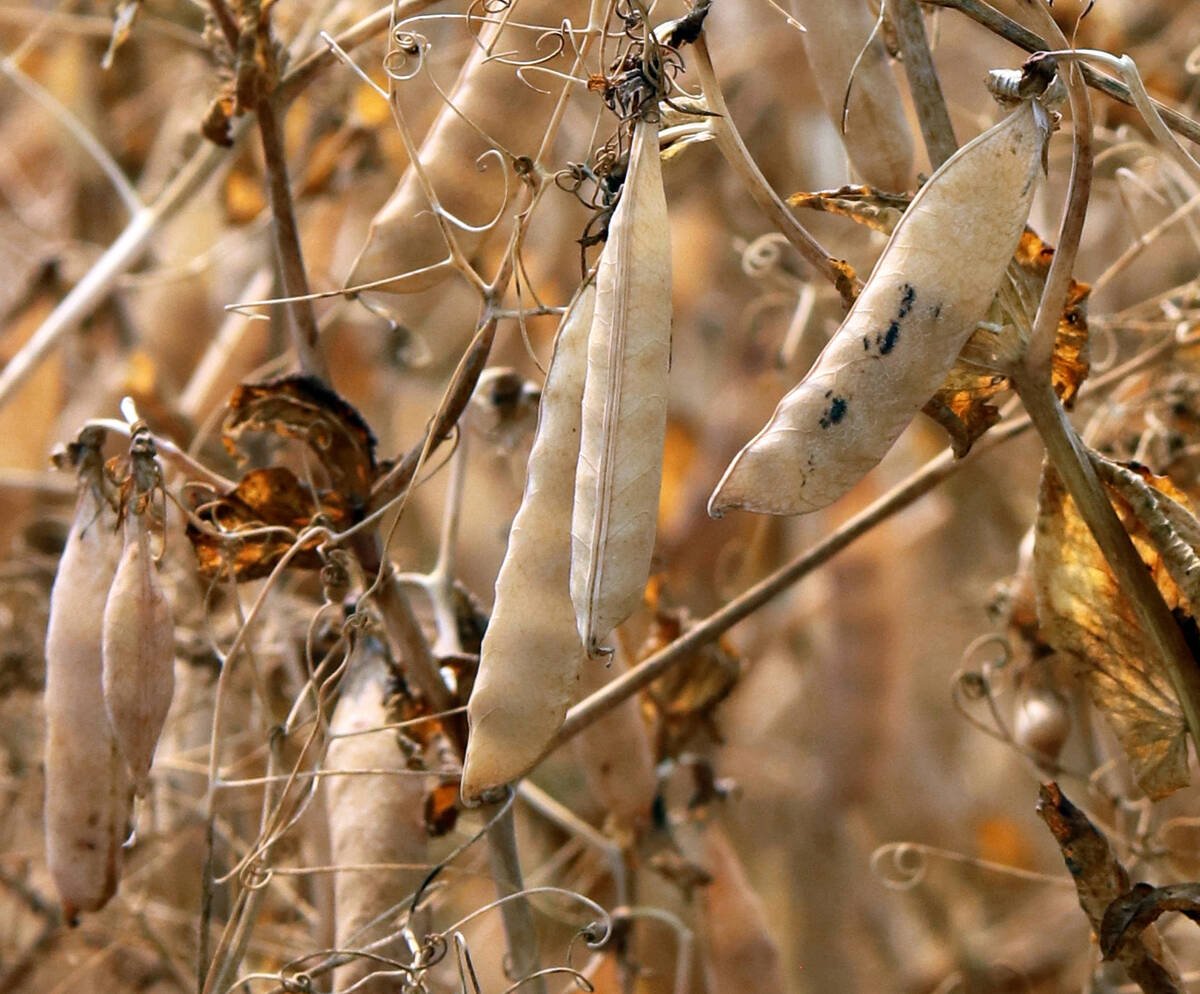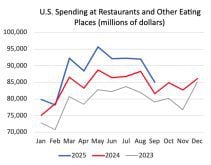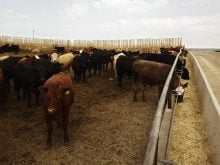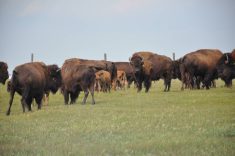SAN ANTONIO, Texas — A new weapon against deadly E. coli and salmonella infections could be added to animal feed with nearly instant results.
Researchers at the United States Department of Agriculture found adding sodium chlorate kills bacteria in the rumen within six hours.
“Sodium chlorate has the potential to be a user friendly and widely applicable pre-harvest intervention strategy,” said Robin Anderson, who is based at College Centre, Texas.
His research team plans to patent the idea and is seeking approval from the food and drug administration to administer it to cattle.
Read Also

Trump’s tariffs take their toll on U.S. producers
U.S. farmers say Trump’s tariffs have been devastating for growers in that country.
This information was presented to the National Cattlemen’s Beef Association’s beef safety committee. The association has invested heavily in trying to combat E. coli 0157:H7, which is often linked to hamburger disease in people.
Hopeful sign
Recent reports indicate that 23 percent of cattle harbor E. coli 0157:H7 in their digestive tracts. Adding chlorate to their diets before slaughter appears to hold promise.
Anderson said further testing is required to ensure it does not destroy beneficial bacteria in the rumen nor change the acidity of the gut.
They also checked swine and received the same positive results for treating E.coli and salmonella organisms.
So far no resistance problems have been evident.
Sodium chlorate could be included in a feedlot ration, added to drinking water, or given to cattle in holding yards before slaughter.
Researchers gave livestock 0.4 grams of chlorate per kilogram of body weight. Large amounts are toxic.
“You would have to give a coffee can full to a cow to kill him,” Anderson said.
The recommended dose is about one tenth of that and costs about 30 cents per animal.















